1. Rotary Phones
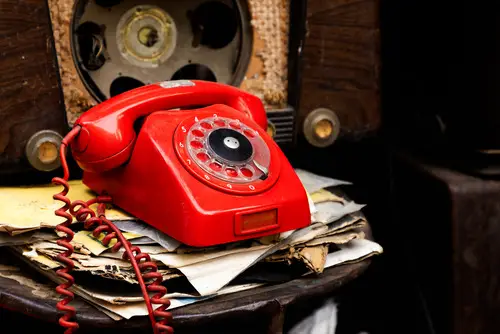
There was a time when calling someone meant sticking your finger into a numbered hole and spinning a heavy dial—one number at a time. Rotary phones were a fixture in homes for decades, and if you messed up a number, you had to start all over again. The clicks of the dial were oddly satisfying, and the cord always managed to get tangled no matter how careful you were. Today, most kids wouldn’t even know how to make a call with one shares Forbes.
You can still spot them in vintage shops or tucked away in grandma’s attic, but these days, they’re more often seen behind glass in museums. The simplicity of a rotary phone is charming now, even though it once felt like high-tech. Seeing one on display can trigger a rush of nostalgia, especially if you remember waiting by the phone hoping for someone to call. It’s strange to think something that was once so essential is now seen as antique adds MSN.
2. Typewriters
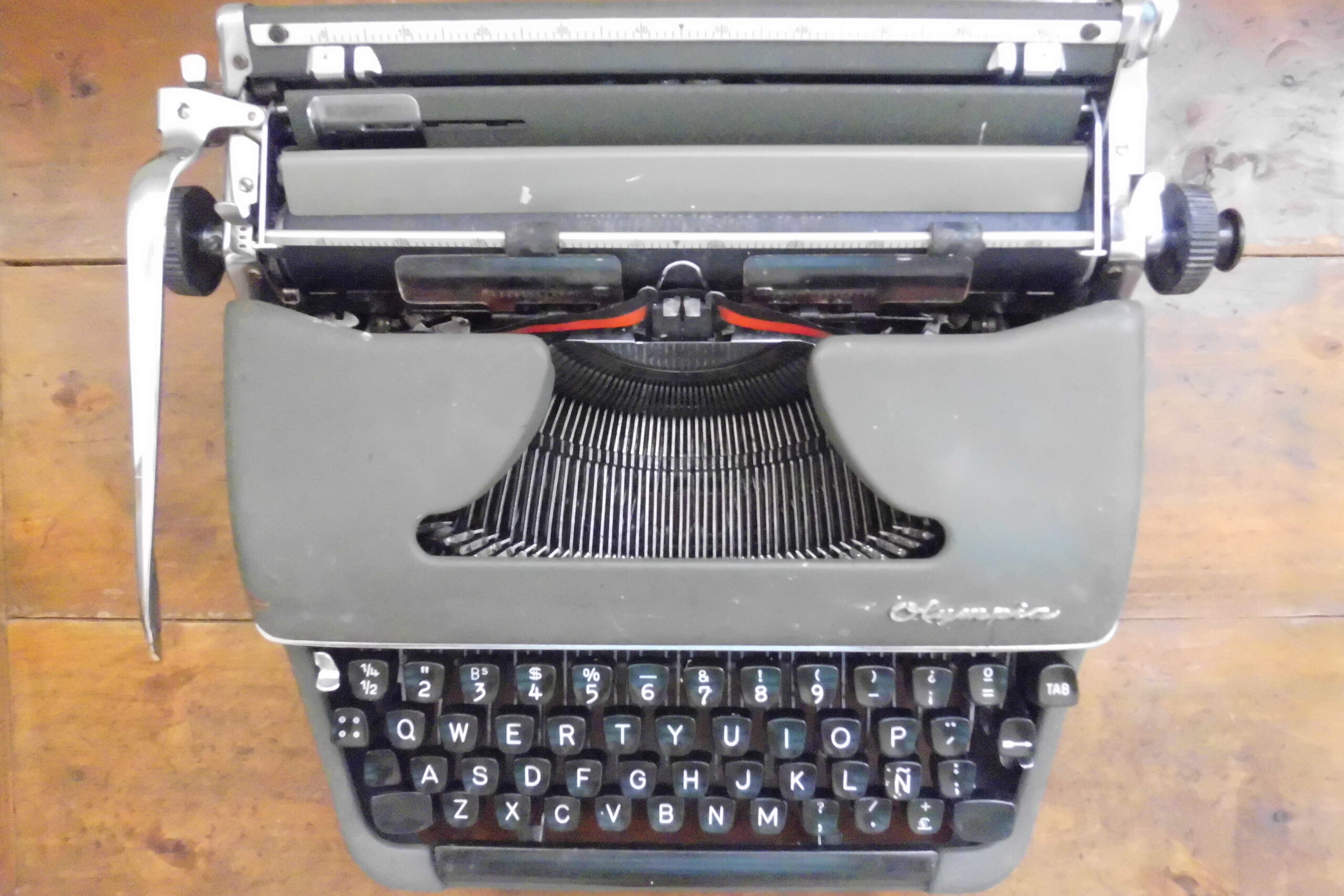
Before computers took over, the rhythmic clack of typewriter keys was the soundtrack of offices and writing desks everywhere. Each stroke was permanent, so typos weren’t just inconvenient, they were a big deal—cue the Wite-Out or correction tape. The physicality of typing made writing feel like real work, and finishing a page felt like a triumph shares BBC.
Now, typewriters are often showcased as relics of a different era, complete with yellowed keys and the occasional stuck letter. Writers still romanticize them, and some collectors hunt for vintage models. But in everyday life, they’ve mostly disappeared. Museums display them as symbols of progress, or perhaps as gentle reminders that writing used to be a whole lot louder adds PBS.
3. Milk Bottles
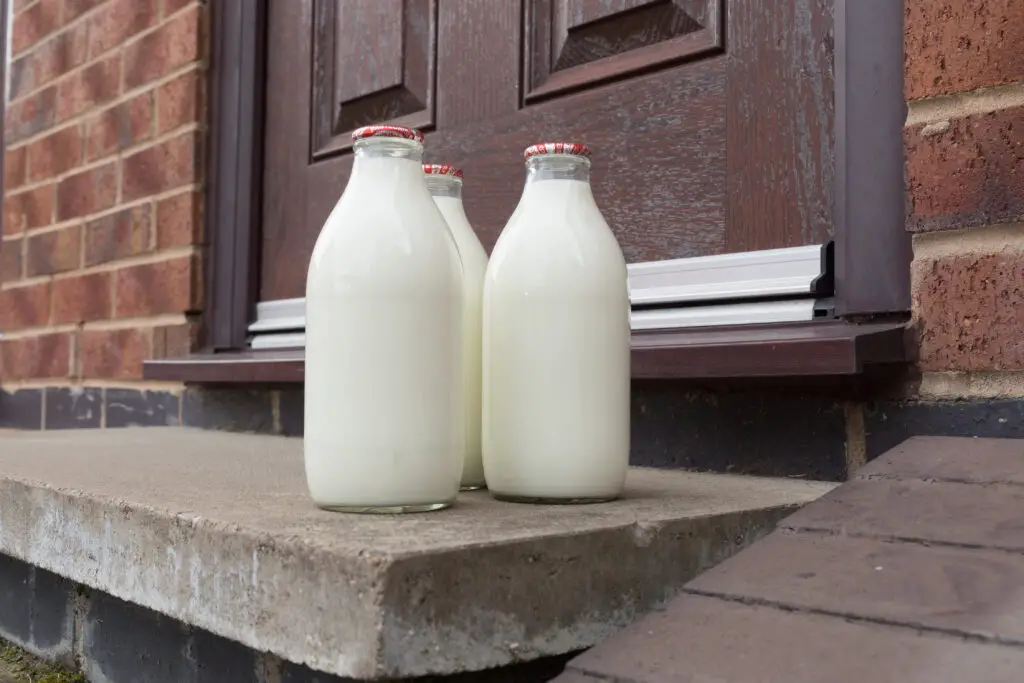
Not so long ago, milk came in thick glass bottles delivered to your doorstep by the milkman. You’d leave the empties out and wake up to fresh bottles waiting for you, sometimes with cream still floating on top. It was a quiet ritual of everyday life that brought a little consistency to the morning routine.
Today, most people only see these bottles at antique stores or in curated exhibits about daily life in the ’40s and ’50s. Some folks repurpose them as vases or kitchen decor, but they’re rarely used for their original purpose. The charm of reusable glass has given way to the convenience of plastic jugs and cartons. Still, there’s something wonderfully nostalgic about the clink of a milk bottle.
4. Washboards
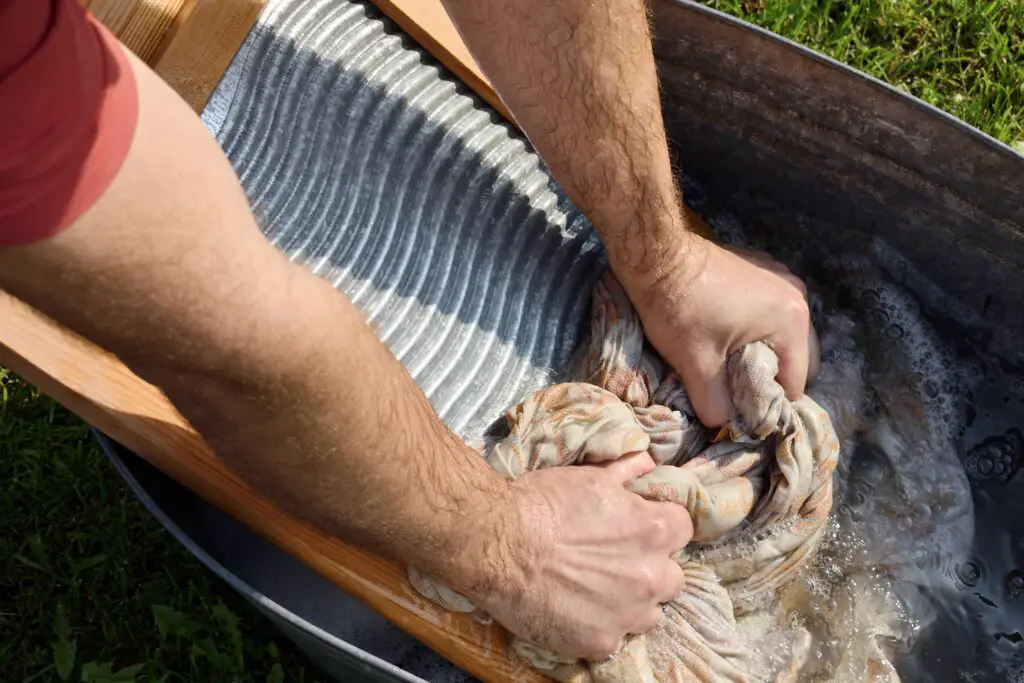
Long before washing machines became household staples, doing laundry meant scrubbing clothes by hand on a ribbed metal washboard. It was backbreaking work, often done in a big tub with cold water and strong soap. You’d rub and rinse until your knuckles were raw, and then hang everything up to dry.
Today, washboards are mostly seen in folk music performances or hanging on the walls of history museums. Some people collect them for their rustic aesthetic, but almost no one uses them to actually wash clothes anymore. They represent a time when chores required real grit and elbow grease. And even though we’re grateful for our modern washers, there’s something kind of humbling about seeing one in person.
5. Card Catalogs
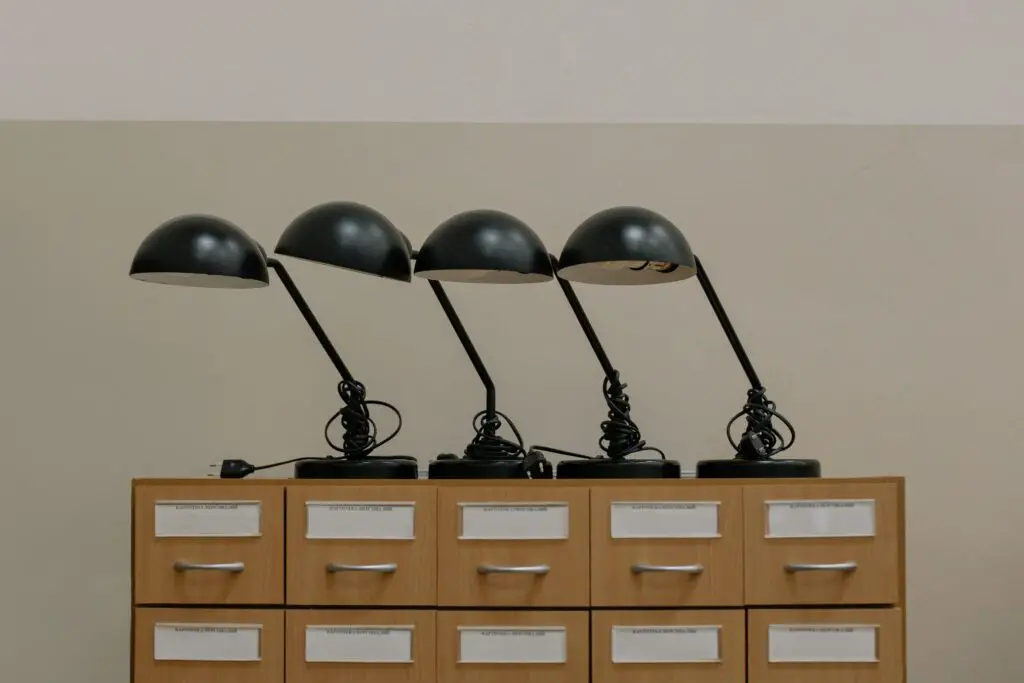
If you spent time in a library before the internet took over, you probably remember flipping through drawers of index cards to find a book. Each card contained a snippet of information—title, author, subject—typed or handwritten with painstaking precision. It was a slow, tactile process that made discovering a new book feel like a small adventure.
Nowadays, card catalogs are practically extinct in their original form. Libraries use digital systems that can find a title in seconds, but something feels missing in the experience. A few old catalogs survive as decorative pieces or memory-triggering installations in museums. They remind us that knowledge was once hunted, not instantly summoned with a click.
6. Slide Projectors
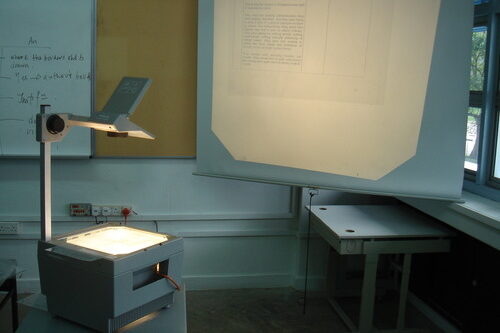
Family vacations, school lessons, or even work presentations once revolved around the steady whir of a slide projector. You’d load in a circular tray of tiny photo slides, dim the lights, and watch images flash onto the wall one by one. There was always that satisfying “clack” between slides, and sometimes one would get stuck, adding some unplanned drama to the show.
Today, slide projectors are museum pieces or collectibles for photography buffs. With digital presentations and smartphones, projecting images feels like a lost art. Still, seeing one up close can bring back the excitement of showing off vacation photos or classroom lessons. There was something special about everyone gathering in a dark room just to watch pictures appear.
7. Ice Boxes
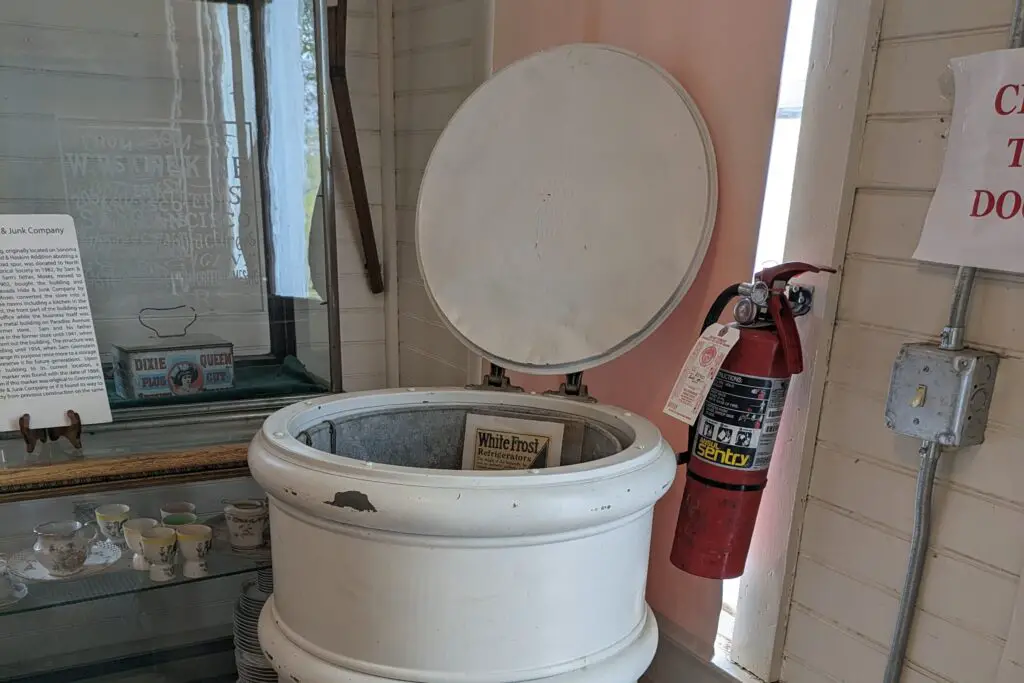
Before refrigerators, families relied on ice boxes to keep food cool. They were often made of wood and lined with metal, and a big block of ice would be delivered and placed inside to keep things chilled. You had to drain the melted water regularly, and the cold didn’t last long.
Now, ice boxes are part of home appliance history, sometimes popping up in exhibits about domestic life before electricity. Seeing one reminds you how much we take constant refrigeration for granted. The simple challenge of preserving food used to require planning and effort. It’s easy to forget that cooling leftovers used to involve hauling ice by hand.
8. VHS Tapes
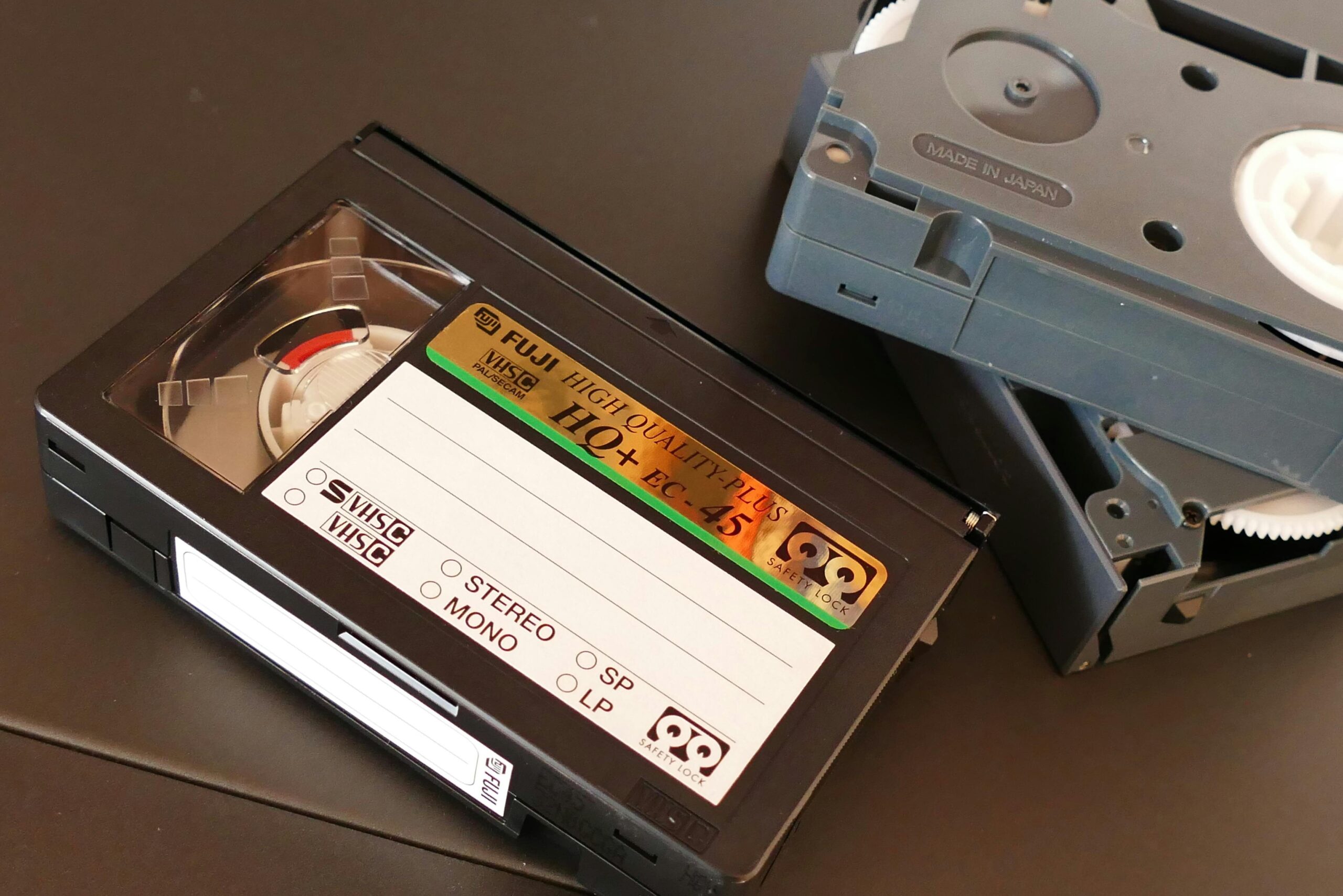
For a stretch of time, your entire movie collection could be stacked in bulky black plastic cases lined up on a shelf. Rewinding a tape was part of the ritual, and recording your favorite show off the TV felt like striking gold. You had to be patient, careful not to wear out your favorite tape, and heaven help you if one got eaten by the VCR.
VHS tapes are now nostalgic collectibles, often found at thrift stores or featured in pop culture exhibits. Kids today barely recognize them, and most homes haven’t had a working VCR in years. But holding a VHS in your hand can still trigger memories of weekend movie nights or taping a favorite cartoon. They’re clunky, sure, but they were the gateway to home entertainment.
9. Manual Pencil Sharpeners
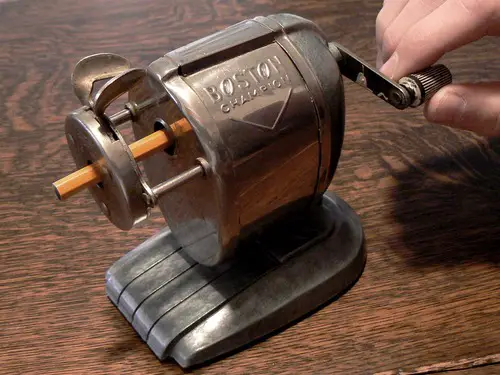
Mounted to the wall or desk, these crank-style pencil sharpeners were a classroom staple. You’d insert your pencil, turn the handle, and hear that satisfying grind as it formed the perfect point. There was always a bit of sawdust smell in the air and shavings in the tray that someone had to empty.
These days, they’re mostly replaced by mechanical or electric sharpeners, and many kids use mechanical pencils anyway. But you’ll still find manual sharpeners in old schoolhouse exhibits or art supply museums. They represent a slower, more deliberate time when sharpening a pencil was a mini break from the day. And for those who remember them, just seeing one can be oddly comforting.
10. Ashtrays
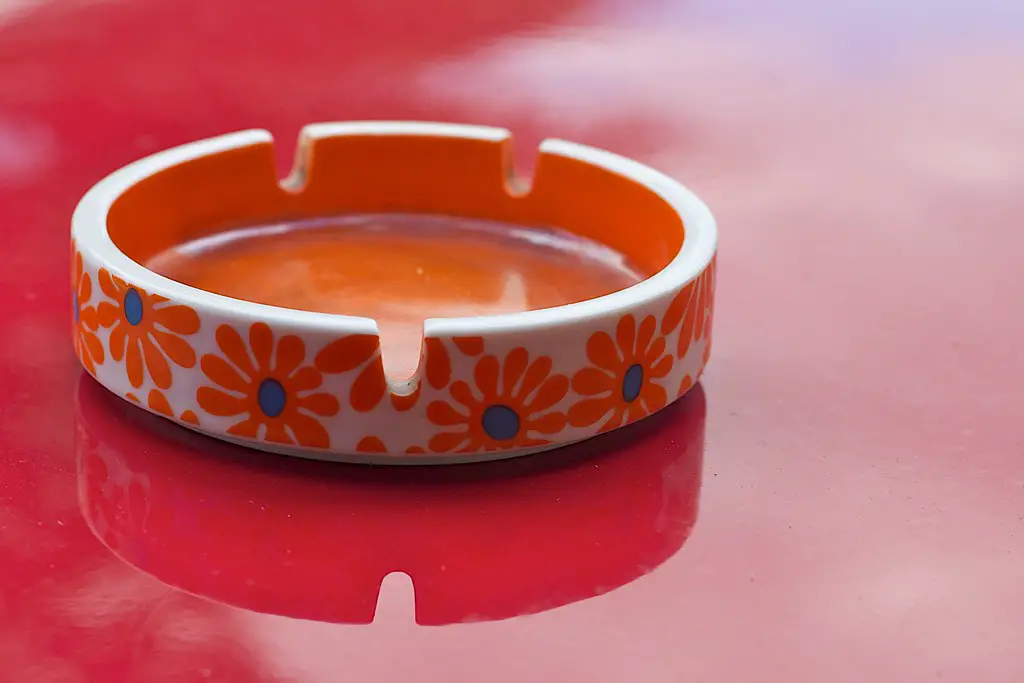
It’s hard to believe now, but there was a time when ashtrays were in every car, home, office, and even airplane seat. Some were fancy glass ones on coffee tables, while others were built right into furniture. Guests would light up without thinking twice, and ashtrays were part of everyday decor.
Now, smoking bans and shifting attitudes have made ashtrays mostly obsolete. They’re displayed in design museums or mid-century collections, reminding us of just how much social habits have changed. Some collectors seek out branded ashtrays for their vintage charm. But overall, they stand as tiny glass reminders of a past most of us have moved far away from.
11. Film Cameras
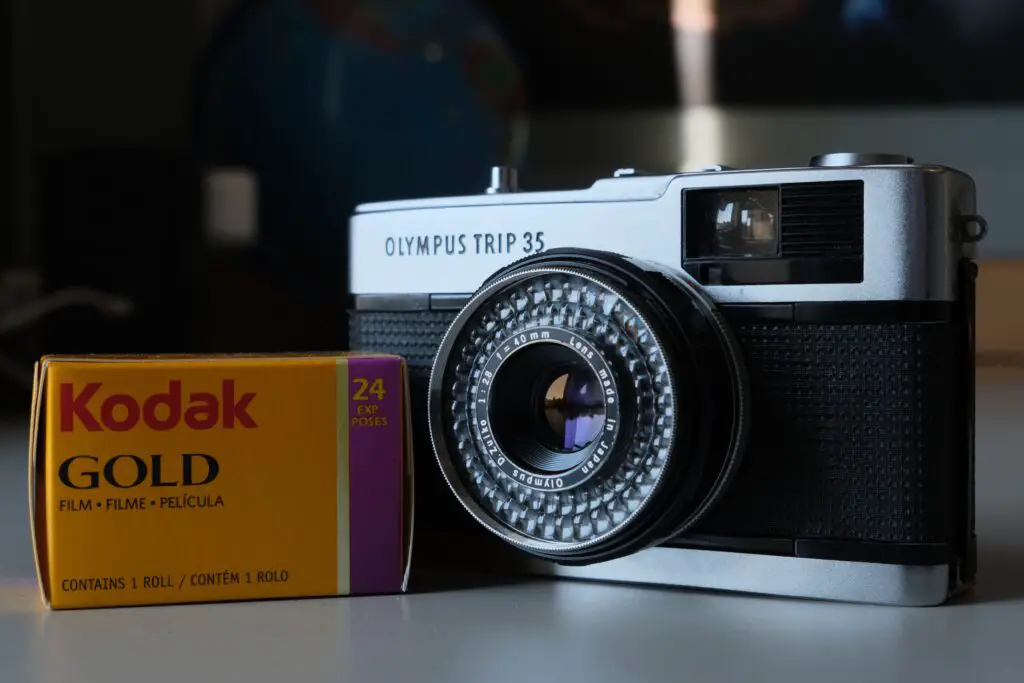
There was something magical about taking photos without knowing how they’d turn out. Film cameras required care, skill, and a roll of film with a limited number of shots. You had to wind the film manually and wait days to see your prints, hoping they weren’t blurry or overexposed.
While some photography enthusiasts still use film, the average person hasn’t touched a roll in years. Film cameras now sit in museum cases or on collector shelves, admired for their craftsmanship and history. They serve as a testament to how far we’ve come in capturing memories. And maybe a reminder to slow down and savor the moment.
12. Pager Beepers
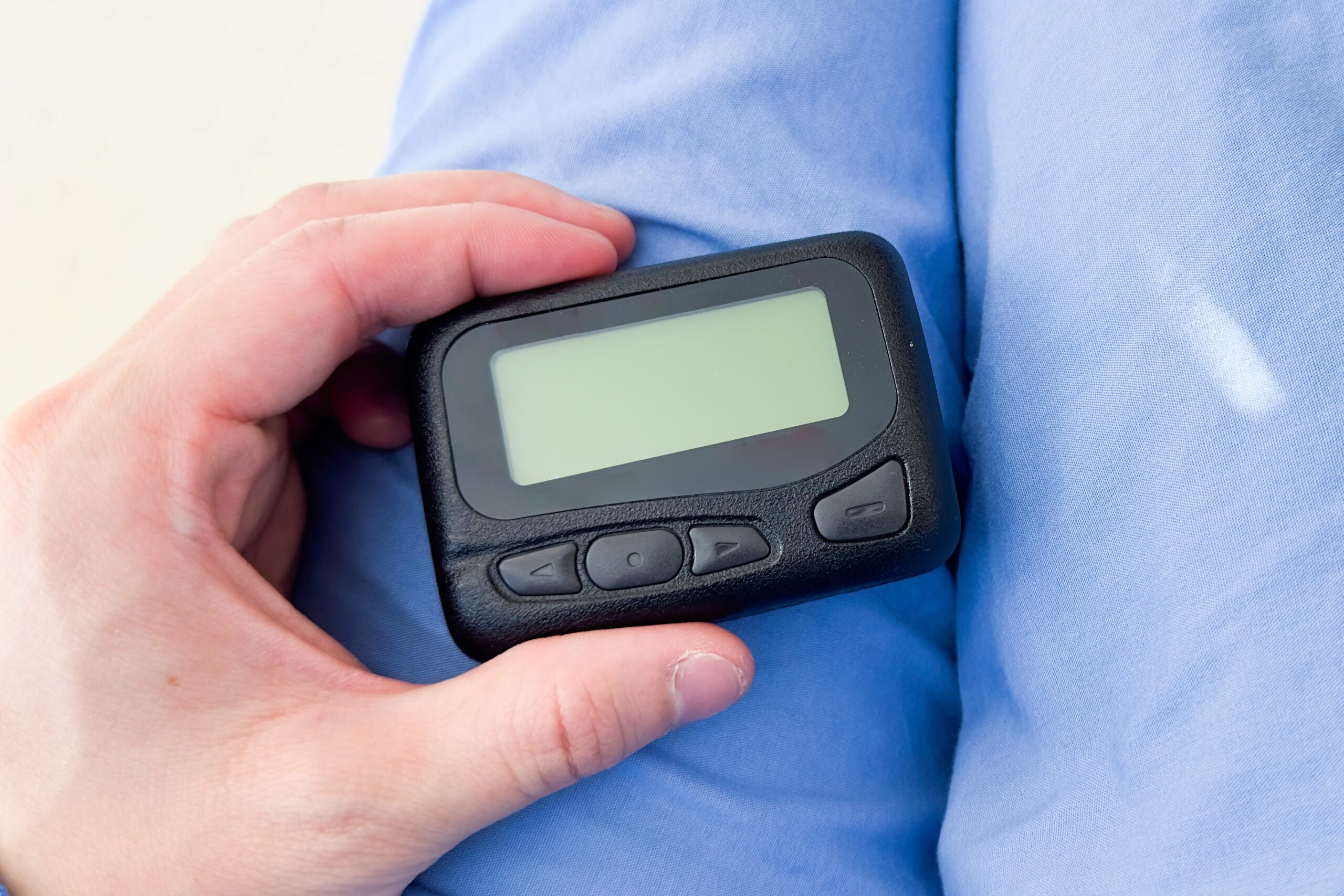
Once a lifeline for doctors, businesspeople, and teens alike, pagers buzzed with short numeric messages or codes. If you got a page, you’d find the nearest phone and call back. They were small, clipped to belts, and oddly empowering in their own way.
With smartphones now doing a thousand jobs at once, pagers have long since faded from daily use. You’ll still spot them in some hospital settings, but outside of that, they’re museum oddities. They symbolize a time when being reachable didn’t mean being constantly online. And yes, their little buzz still lives rent-free in our memories.
13. Roller Skates with Keys
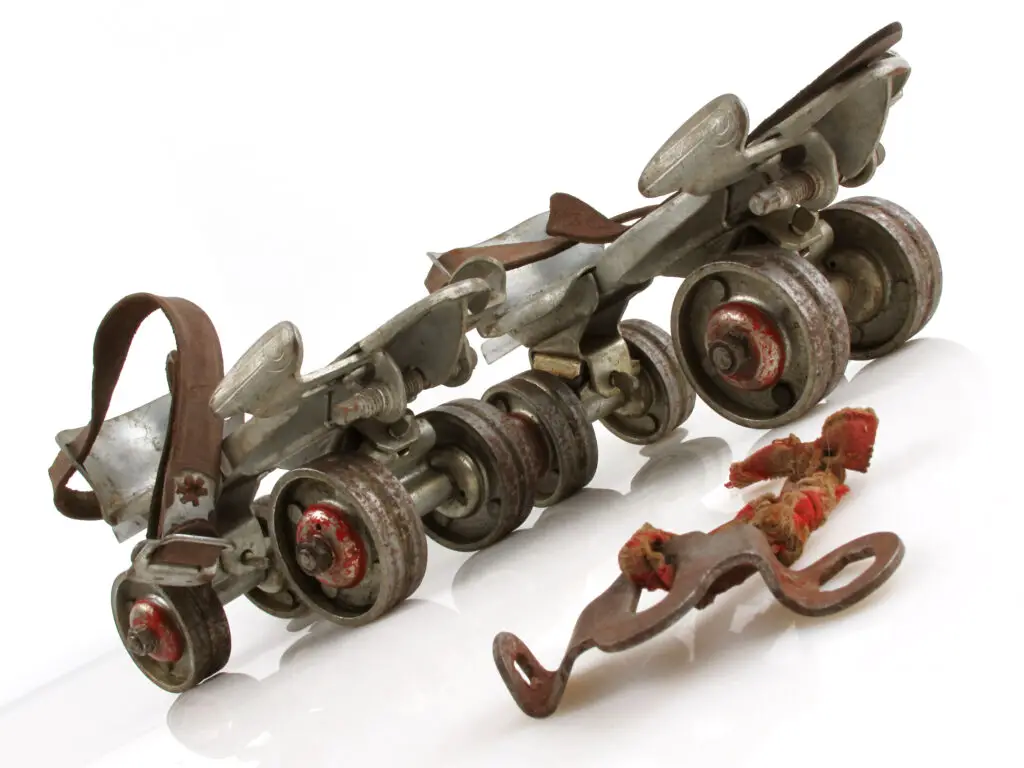
Before Velcro straps and plastic buckles, roller skates were metal contraptions you tightened around your shoes using a special key. Kids wore the key on a string around their neck so they wouldn’t lose it, and you had to stop every so often to readjust the straps.
These clunky skates are now more likely to be found in toy museums or vintage displays than on sidewalks. They harken back to a time when playtime meant fresh air, scraped knees, and simple joy. The skate key itself has become a symbol of childhood freedom. It’s hard not to smile when you see one, even if your ankles remember how wobbly they felt.
14. Television Antennas
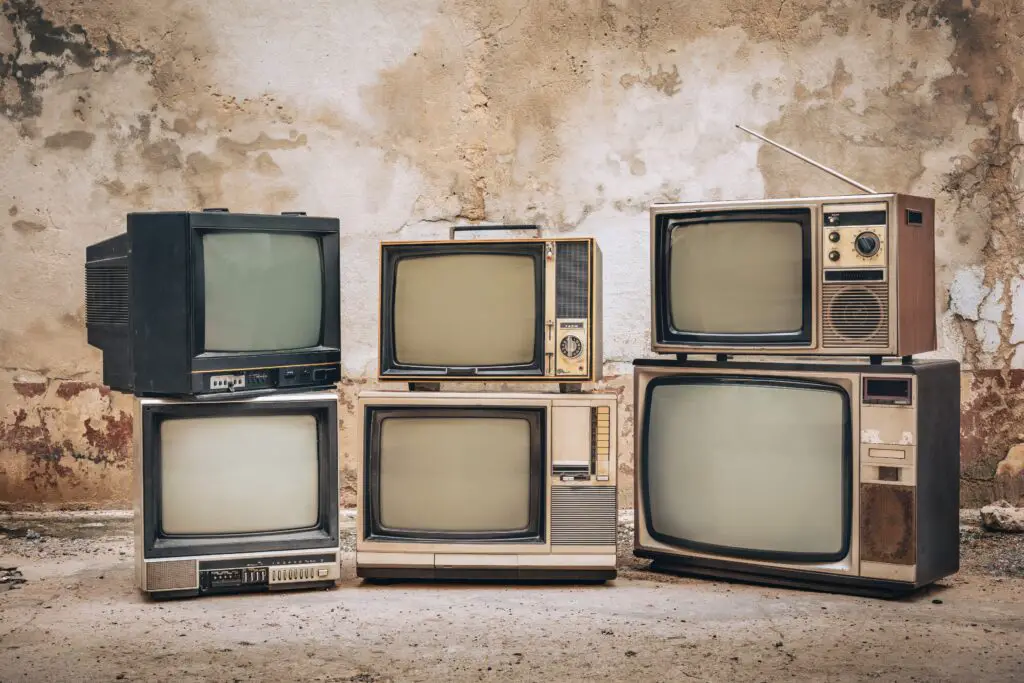
Whether they sat on top of the TV or stretched like rabbit ears into the air, these antennas were essential for catching a clear signal. Adjusting them was practically an art form, and sometimes someone had to stand in a weird position just to keep the picture from going fuzzy.
As cable, satellite, and streaming took over, antennas became a thing of the past in most households. Now they’re seen in exhibits about early television or retro living rooms. They remind us how much effort went into watching TV back then. And they’re a quirky little snapshot of when technology still needed a human touch.
